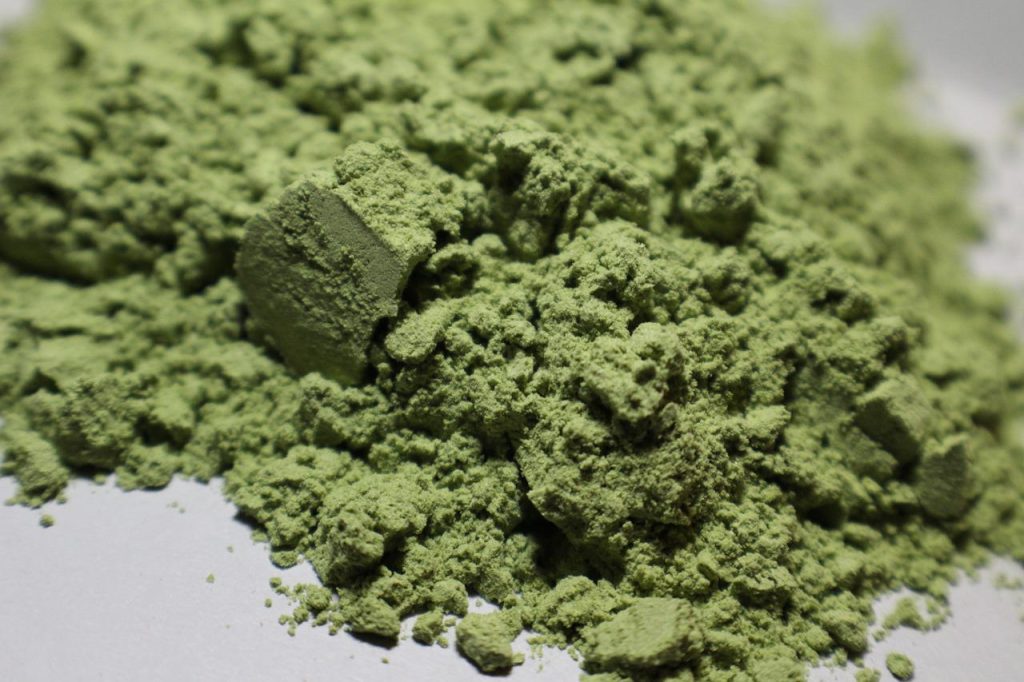Exploring Kratom’s Half-Life and Its Effect on Regular Consumption
Kratom, a plant native to Southeast Asia, has gained popularity in recent years for its stimulant and sedative effects, depending on the dosage. Often used as an herbal remedy for pain relief, mood enhancement, and energy boosting, kratom contains alkaloids such as mitragynine and 7-hydroxymitragynine, which interact with the brain’s opioid receptors. While many users report benefits, understanding the pharmacokinetics of kratom particularly its half-life can shed light on how long its effects last and how it interacts with the body, especially with regular use. The half-life of a substance refers to the time it takes for the concentration of the substance in the body to reduce by half. In the case of kratom, the half-life of mitragynine, the primary active alkaloid, is estimated to range from about 3 to 9 hours, though this can vary depending on the individual’s metabolism, frequency of use, and dosage. For 7-hydroxymitragynine, the half-life may be slightly shorter, but like mitragynine, it tends to linger in the body for several hours after ingestion.

For regular kratom users, the half-life plays a significant role in the duration of its effects and the buildup of kratom metabolites in the body. The plant’s effects are typically felt within 15 to 30 minutes of consumption, peaking at 1.5 to 2 hours, and can last anywhere from 3 to 6 hours depending on the dose and individual factors. However, the fact that kratom’s half-life spans several hours means that, for habitual users, there is a cumulative effect. With repeated doses, the alkaloids can accumulate in the system, potentially altering the body’s response and leading to tolerance, dependence, or withdrawal symptoms over time. The impact of kratom’s half-life on regular consumption is multifaceted. For example, someone who consumes kratom multiple times a day might have residual amounts in their bloodstream, even as new doses are introduced. This can lead to tolerance, where the same dose no longer produces the same intensity of effects, prompting users to increase their intake.
The cumulative effects can also affect other bodily systems, particularly the liver, which metabolizes kratom. As the body processes kratom repeatedly, there may be a greater strain on liver function, leading to potential long-term health concerns. Moreover, regular kratom consumption and its half-life can influence the development of dependence. Since kratom interacts with opioid receptors in the brain, the alkaloids can mimic the effects of opioids, leading to a potential risk of addiction or withdrawal symptoms if kratom use is stopped suddenly. The body’s tolerance to kratom may build up quickly, requiring higher doses for the same effects, which can increase the risk of adverse outcomes such as gastrointestinal issues, fatigue, or mood changes. In addition, when the drug is consumed over extended periods, it may disrupt normal brain chemistry, leading to an imbalance that contributes to dependency. For individuals considering half life of kratom use, understanding the half-life and the way it interacts with the body is crucial in managing its effects and minimizing risks.